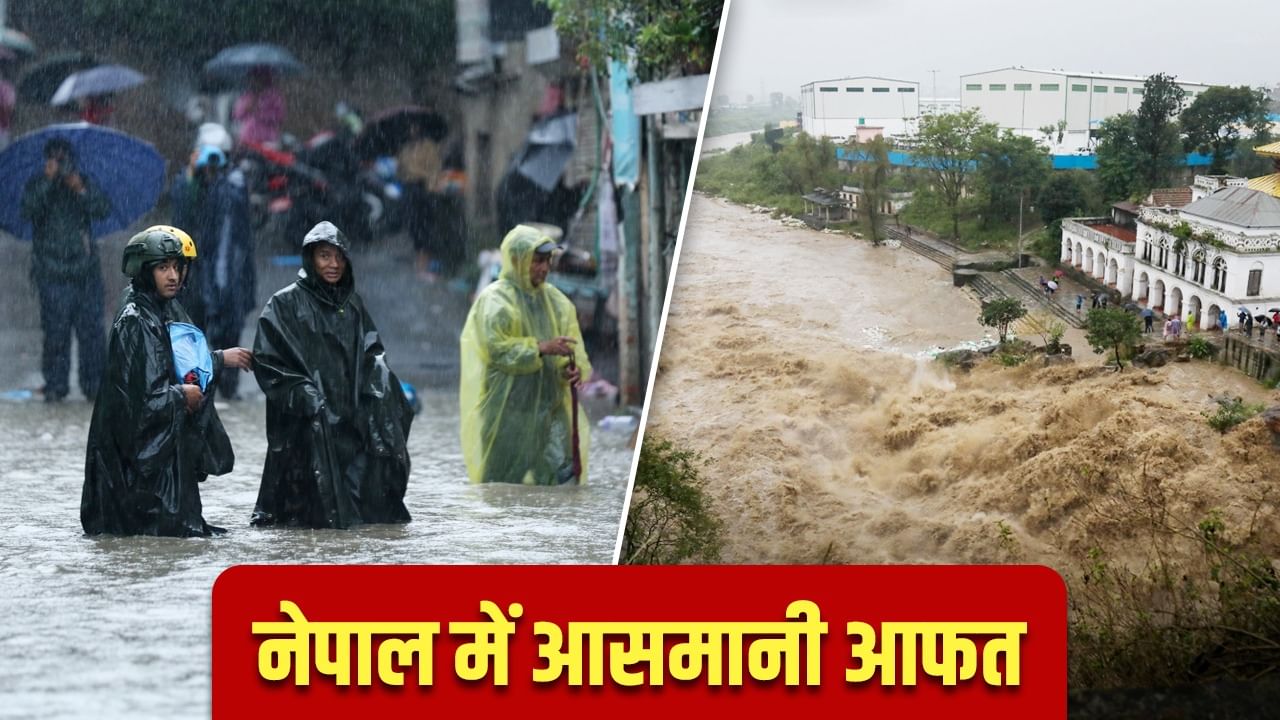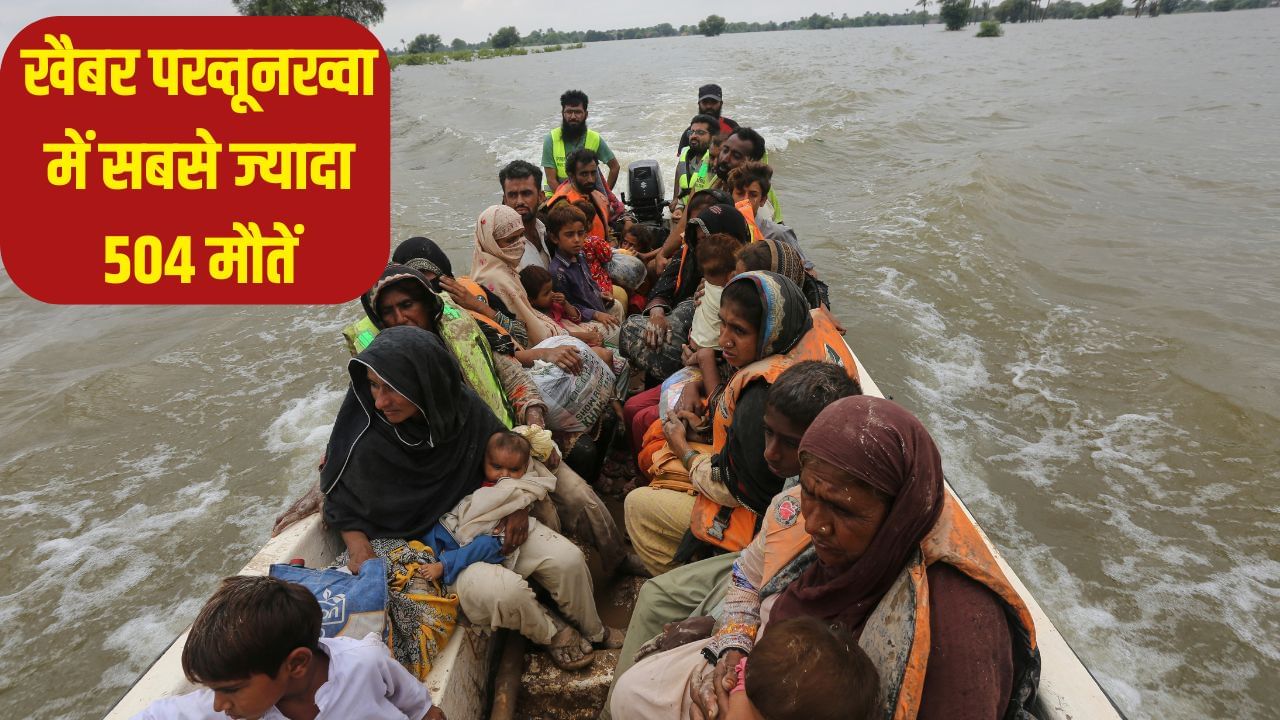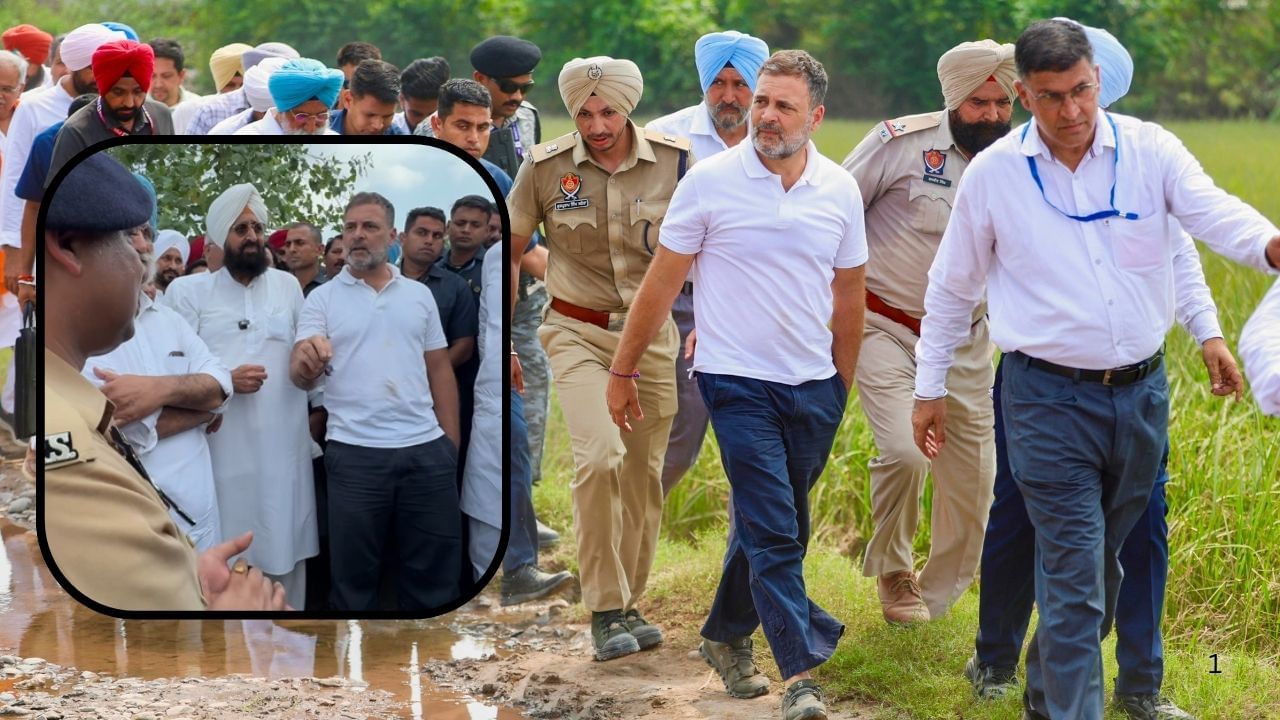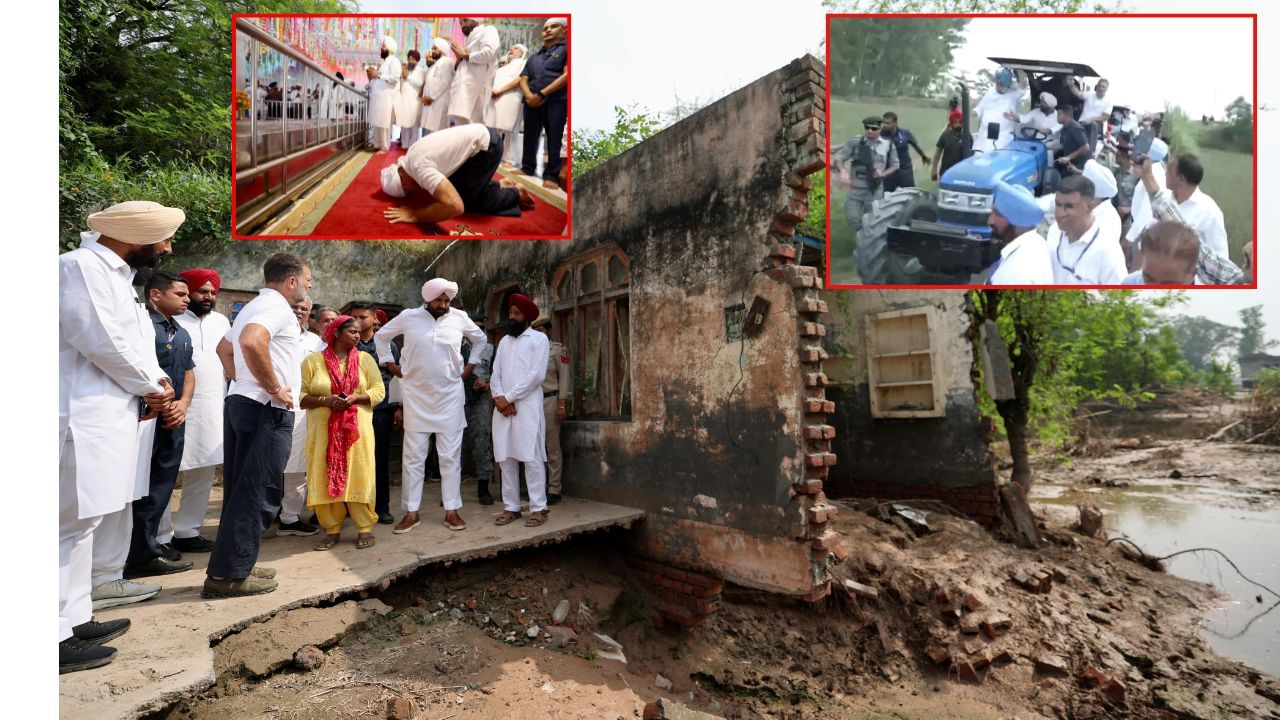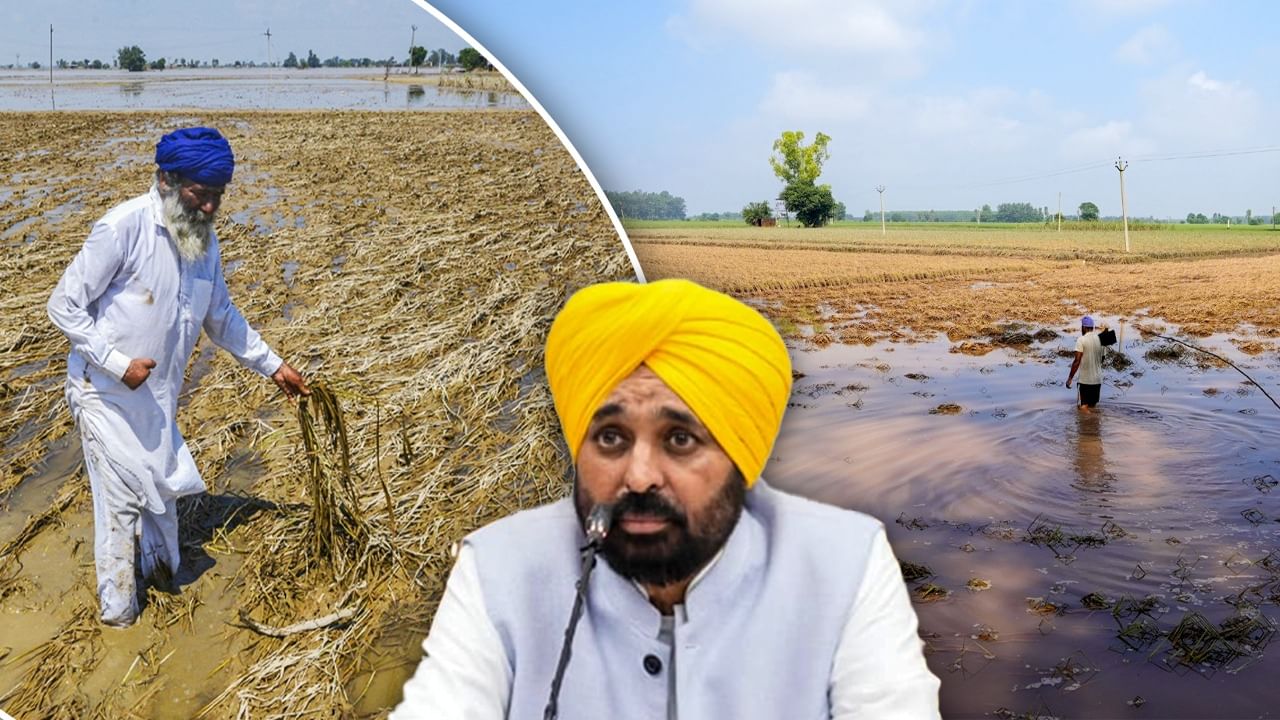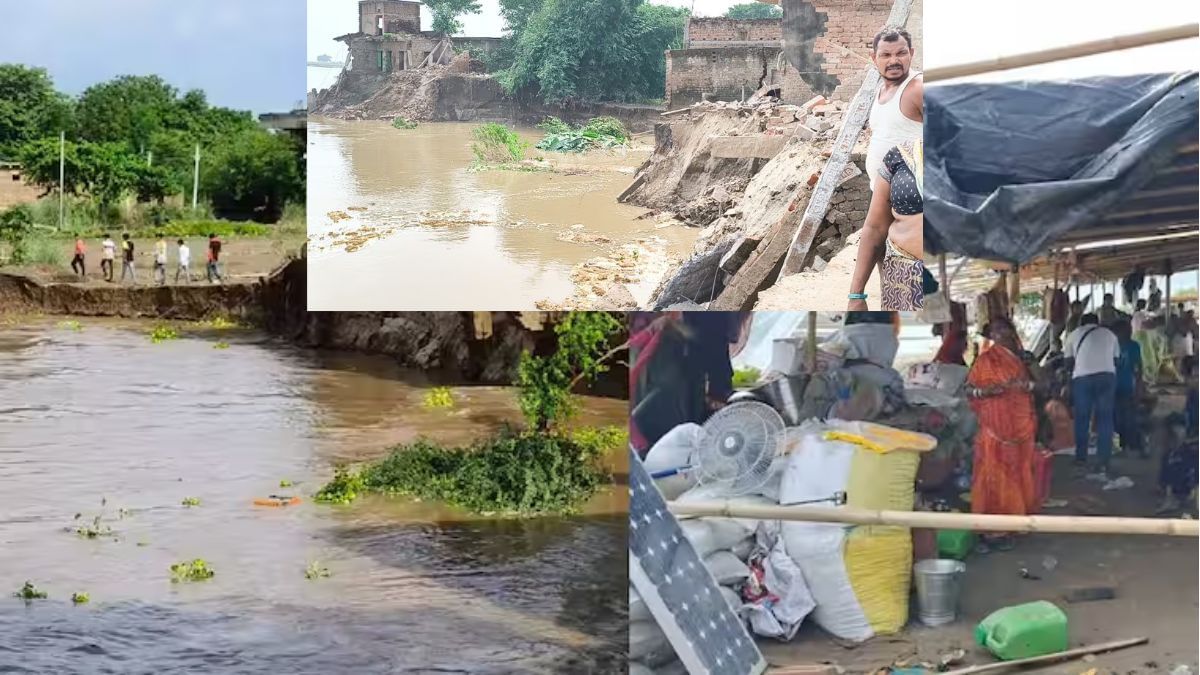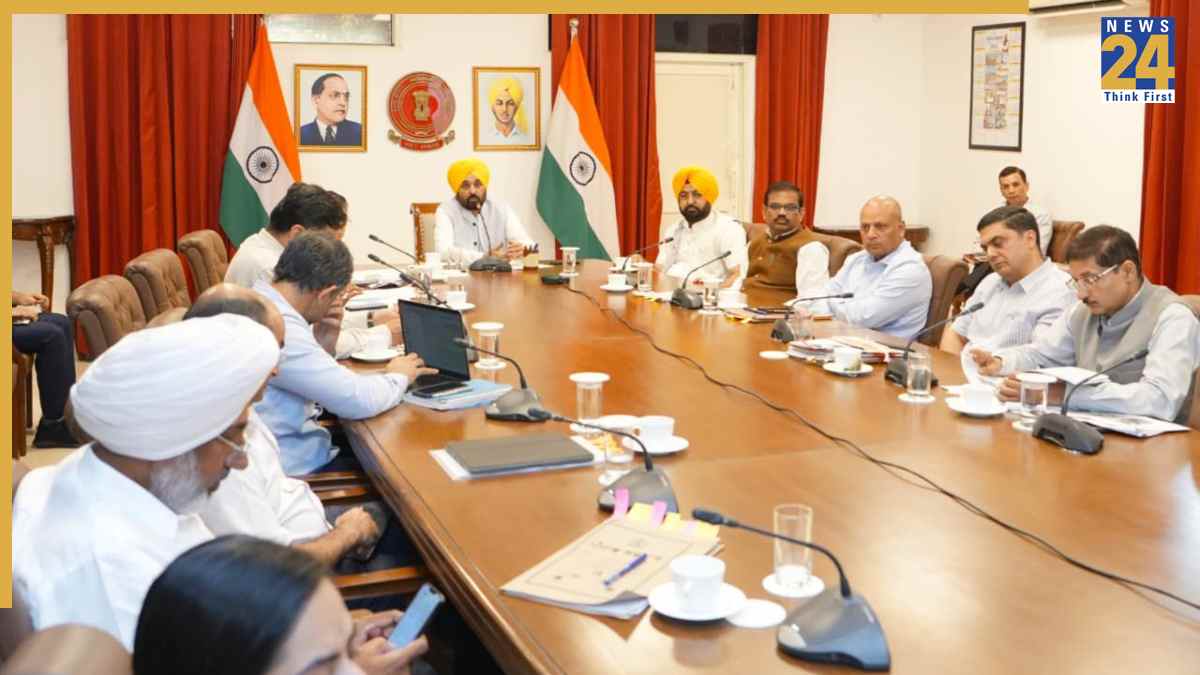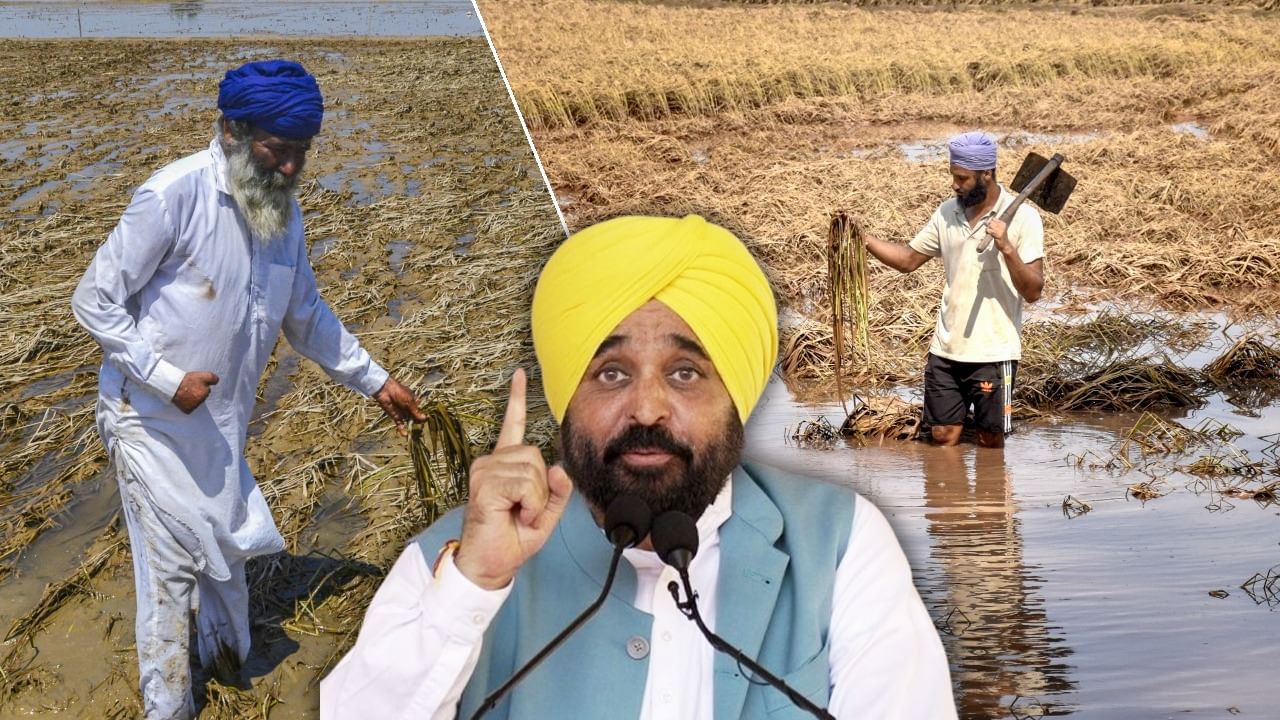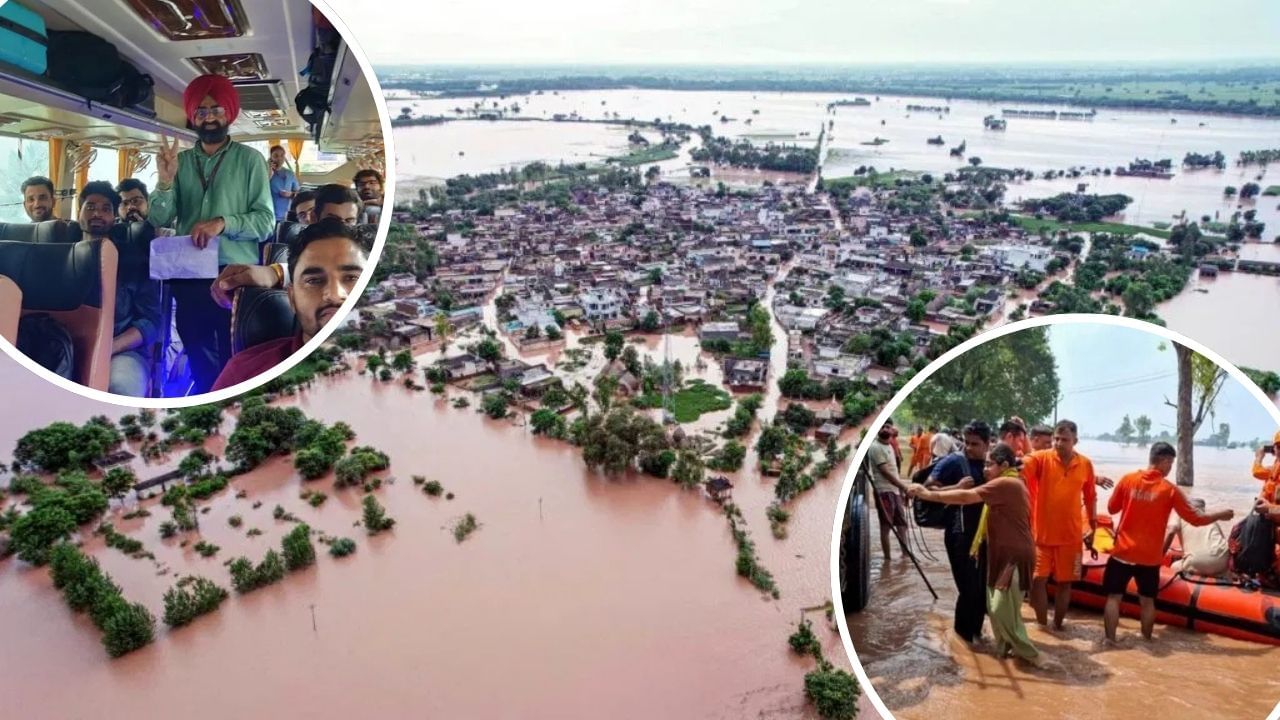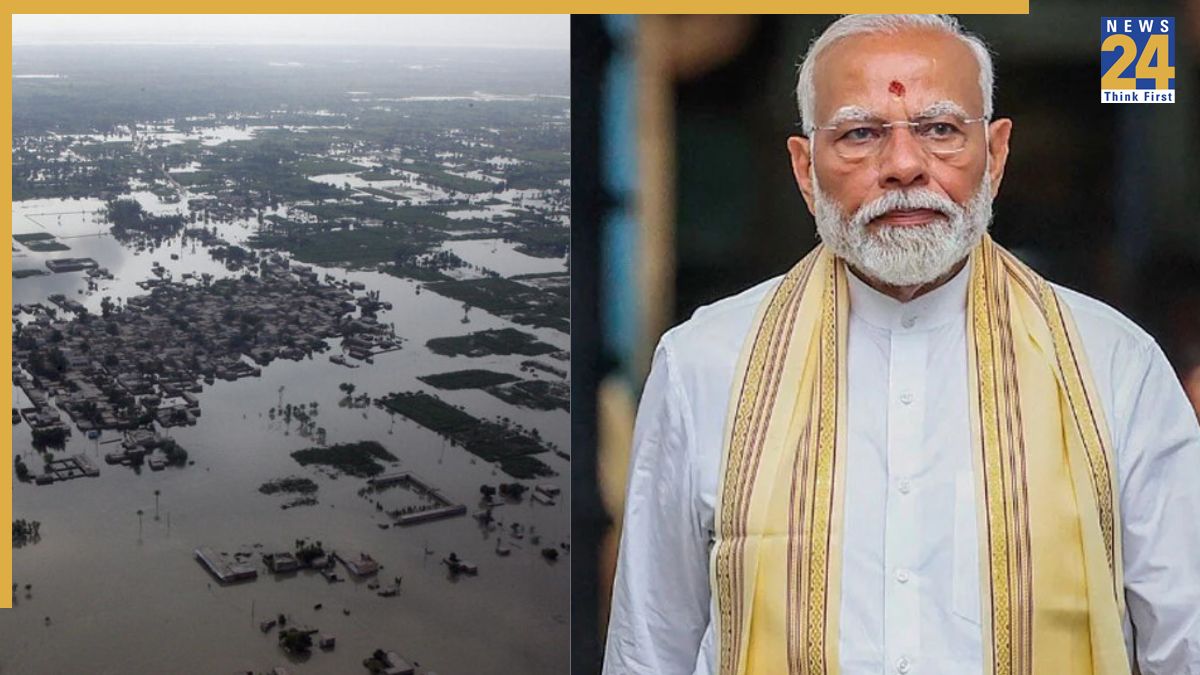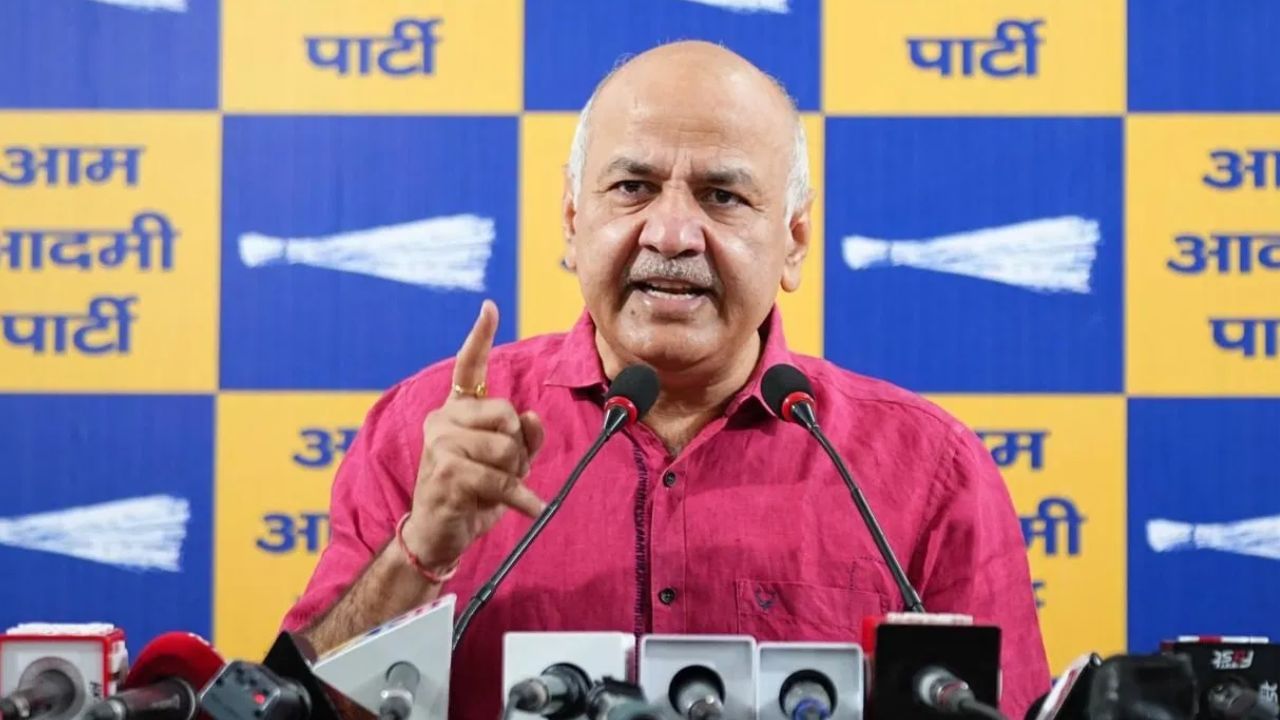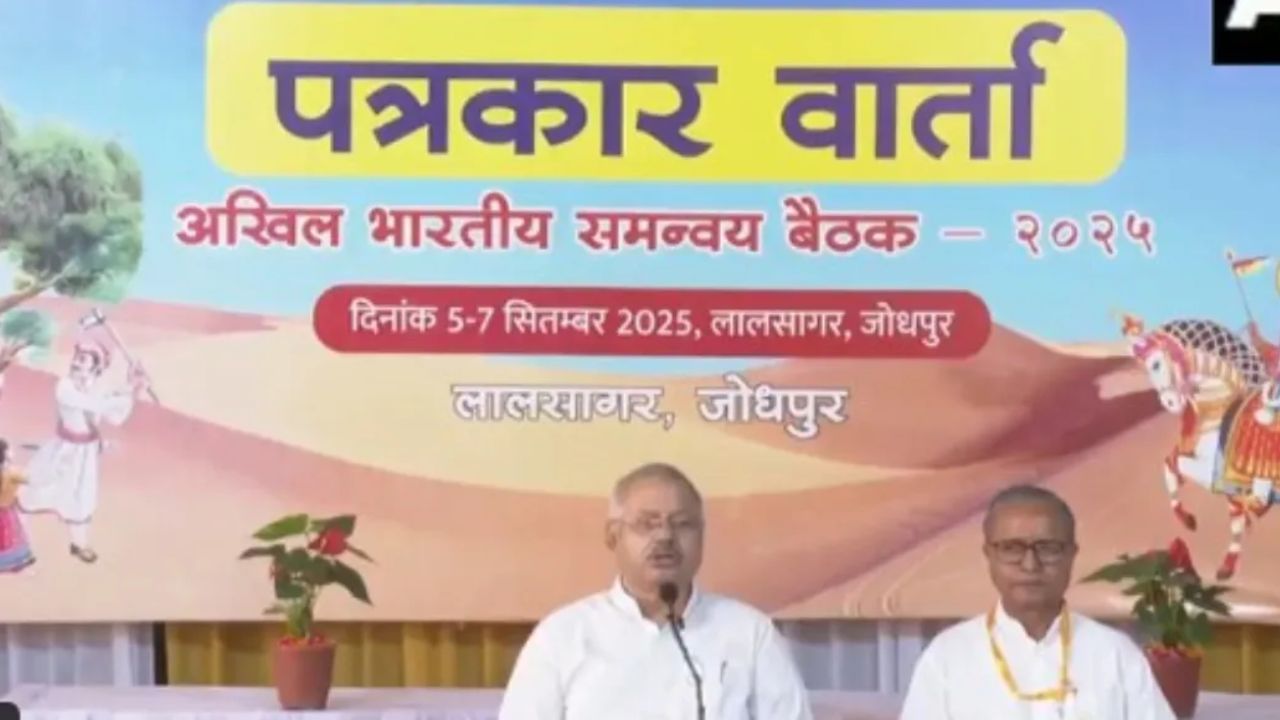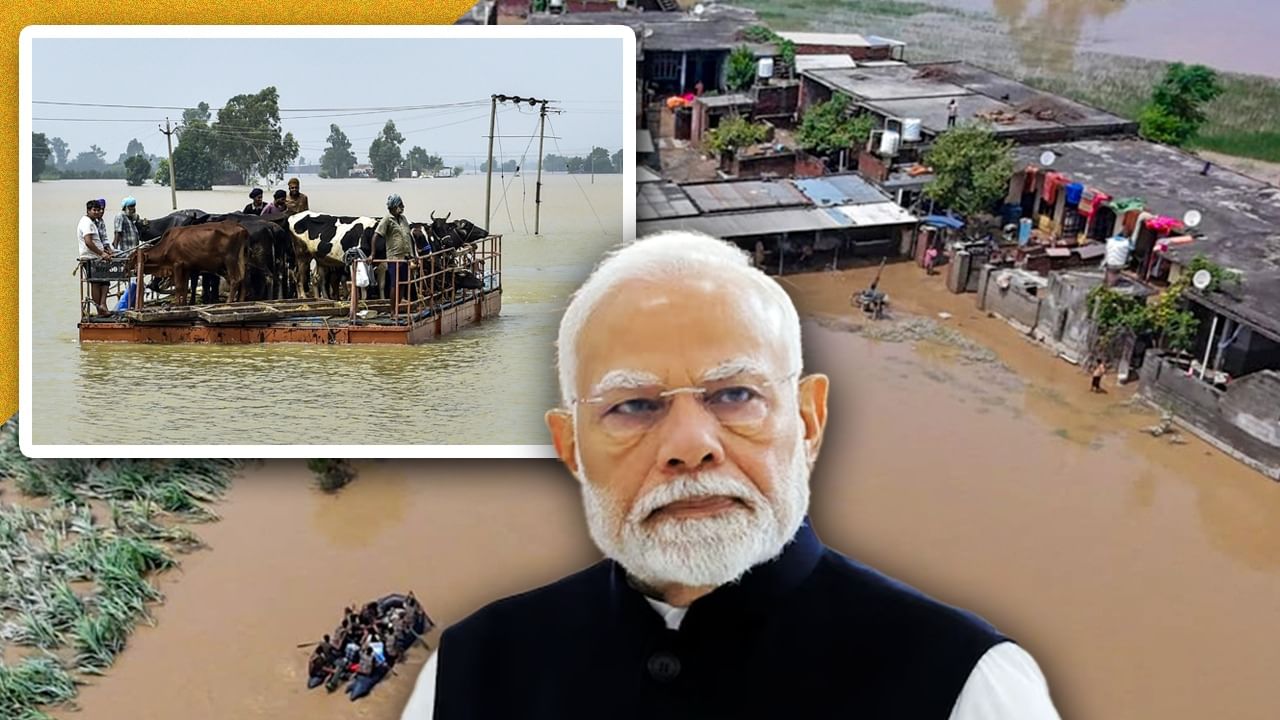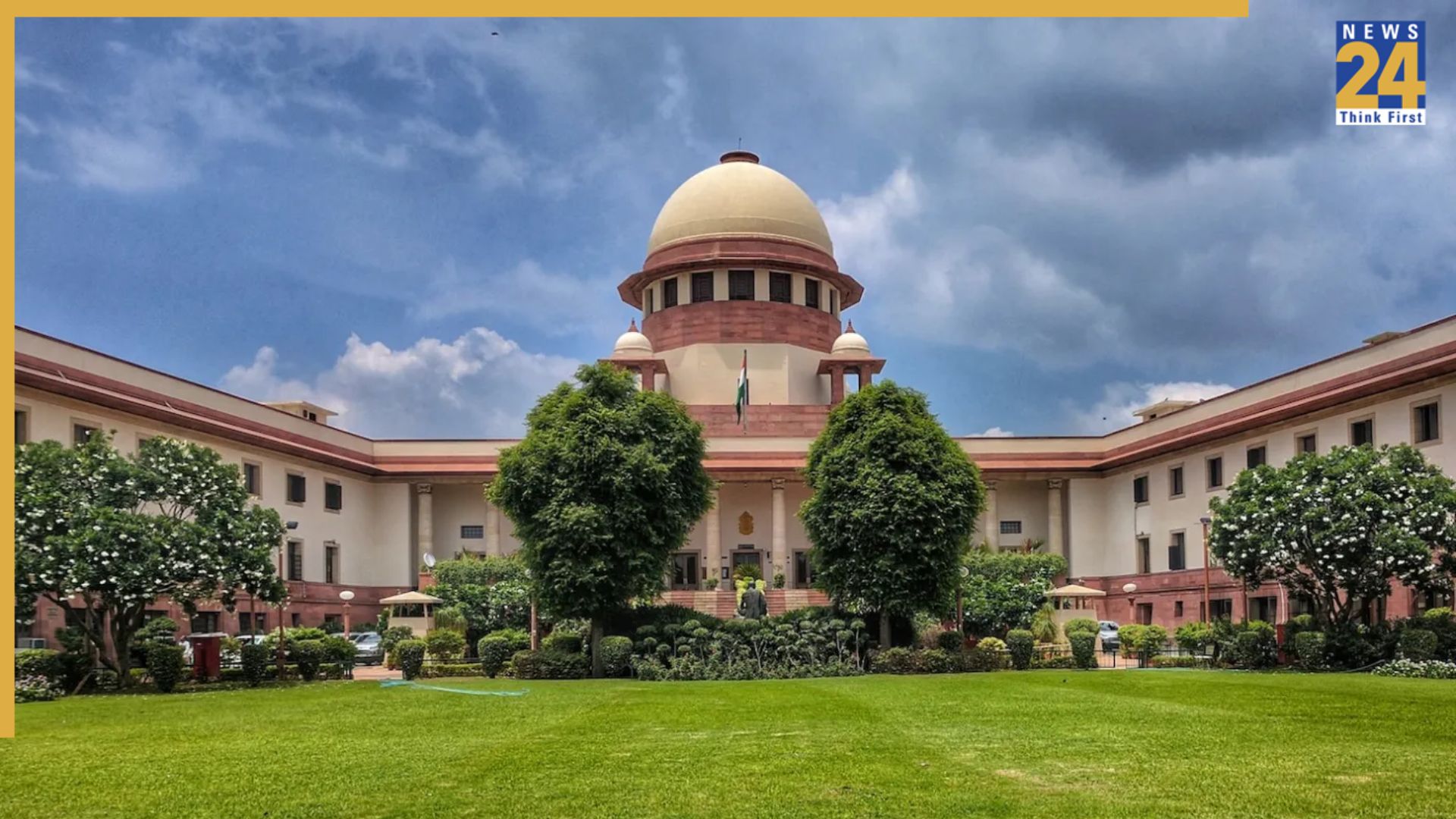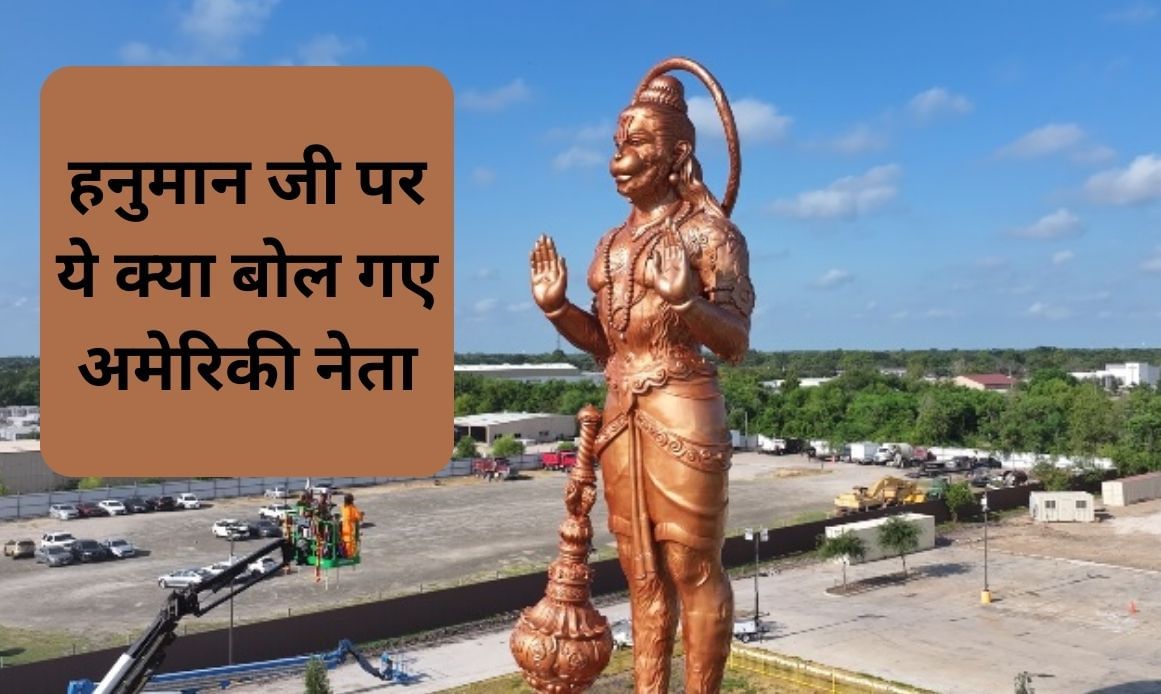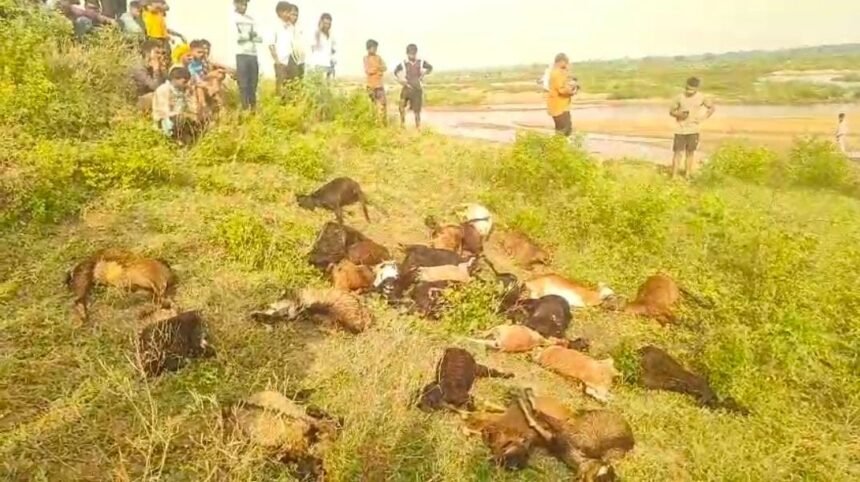Subscribe to Updates
Get the latest creative news from FooBar about art, design and business.
Browsing: Floods
AAP MLA Mehraj Malik, currently detained under the Public Safety Act (PSA), has sent a message from jail. According to AAP spokesperson…
In Gurdaspur district of Punjab, Rahul Gandhi encountered a disagreement with police officers during a visit to flood-affected areas. Gandhi had arrived…
Rahul Gandhi, a leader of the Congress party, visited Punjab on Monday to assess the damage caused by the recent floods. He…
Following the devastating floods in Punjab, the state is now focusing on relief, sanitation, and reconstruction efforts. Chief Minister Bhagwant Mann and…
The recent floods in Jammu and Kashmir, Uttarakhand, and Himachal Pradesh have caused losses worth crores, and hundreds of people have lost…
Punjab Flood Relief: Criticism Mounts Over Modi’s ₹1,600 Crore Aid Package and Hindi Remark
Punjab is currently grappling with the devastating aftermath of severe flooding, leaving millions homeless, decimating crops, and crippling industries. Amidst this crisis,…
CM Mann Announces Compensation for Flood-Affected Punjab, Including Farmers and Homeowners
Following devastating floods in Punjab, Chief Minister Bhagwant Mann announced a comprehensive compensation package. The floods caused widespread damage, destroying crops, homes,…
The Punjab government has initiated a relief operation to aid those affected by the devastating floods. As part of this operation, a…
Prime Minister Narendra Modi has departed for Himachal Pradesh and Punjab to evaluate the impact of the recent floods and landslides that…
Voting is scheduled today for the Vice Presidential election. The candidates are C.P. Radhakrishnan, representing the NDA, and B. Sudarshan Reddy, a…
The Aam Aadmi Party (AAP) government in Punjab has unveiled significant relief measures for those affected by the recent floods. Chief Minister…
Following a cabinet meeting, the Punjab government, led by Chief Minister Bhagwant Mann, has announced a series of significant measures to aid…
Following devastating floods and heavy rainfall that ravaged Punjab, leaving countless people displaced and farmlands submerged, the government is set to provide…
A three-day all-India coordination meeting of the Rashtriya Swayamsevak Sangh (RSS) concluded on Sunday. The meeting, held in Jodhpur, focused on the…
Severe weather conditions across several Indian states have led to critical situations, with Punjab being particularly hard hit. The state has tragically…
The Supreme Court initiated suo motu cognizance of the devastating floods and heavy rainfall impacting several North Indian states. Affected regions include…


